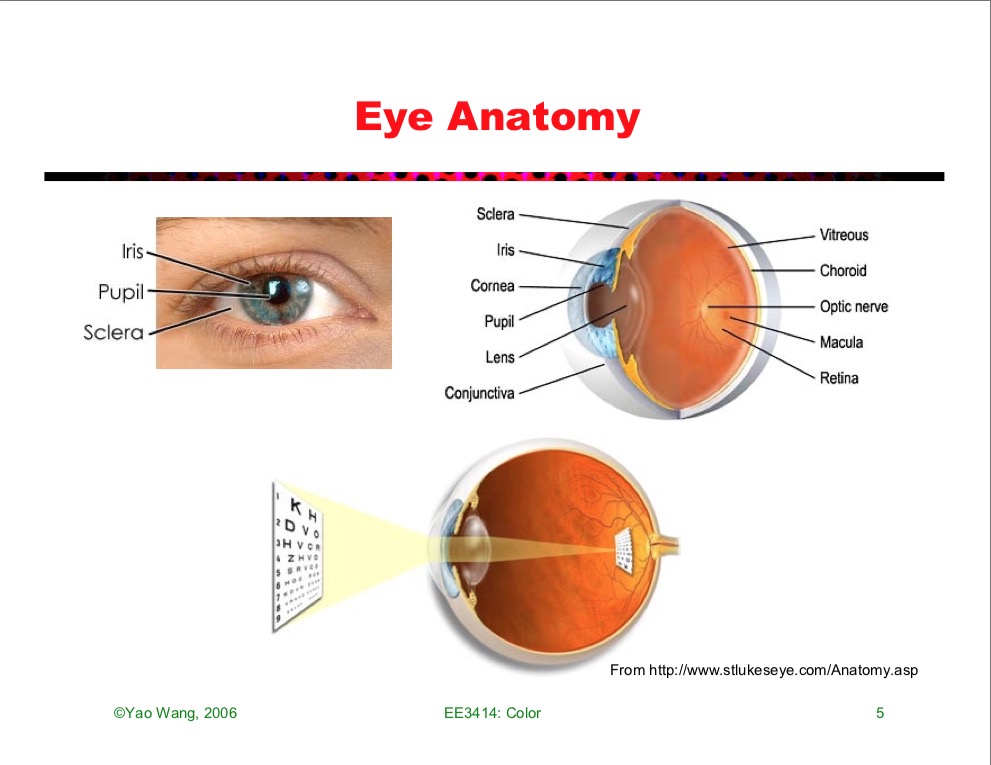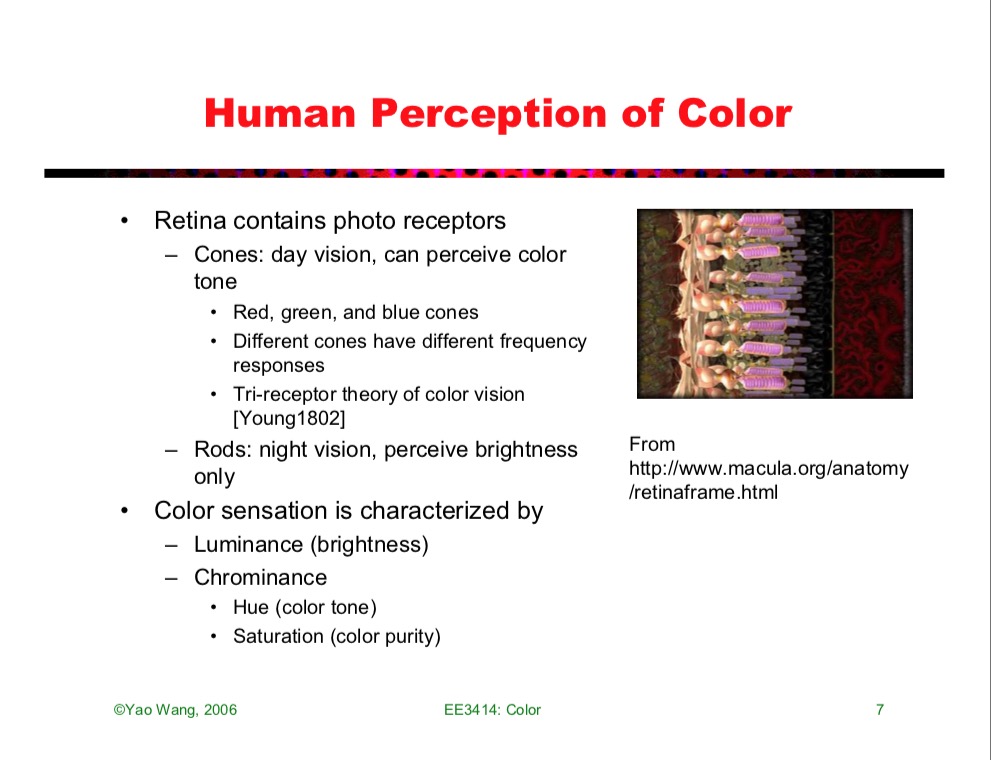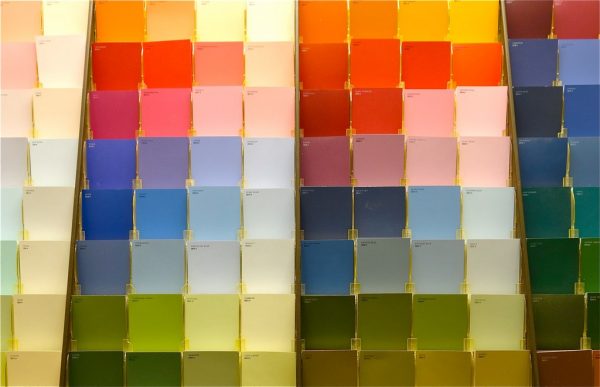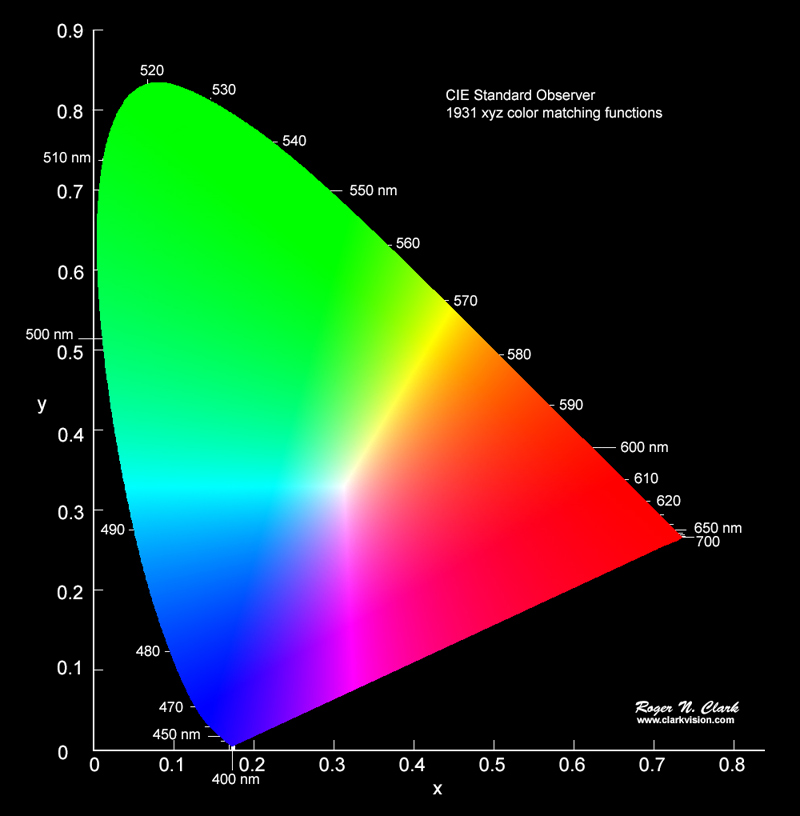Key Words
- Photoluminescence
- Fluorescence
- Phosphorescence
- Chemiluminescence
- Luminescence
- Incandescence
- Spectrophotometer
- Spectrofluorophotometer
- Bioluminescence
- Chemluminescence
- Mechnoluminescence
- Thermoluminescnce
- Sonoluminescence
- Electroluminescence
- Daylight Fluorescent dyes
- UV Fluorescent Dyes
- Angle dependent Pigments in coatings
- Optical Effects
- Opalescence
- Iridescence
- Pearlescence
- Adularescence
- Labradorescence
- Aventurescence
- GonioSpectrometers
- Multi Angle Spectrophotometers
There are many forms of energy which selected luminescent pigments can absorb and convert to luminescence, e.g. radioactive (radioluminescence); X-ray (Roentgenoluminescence); cathode ray (cathodoluminescence); mechanical (triboluminescence); electrical (electroluminescence); heat -after previous storage of energy (thermoluminescence); and Ultraviolet (UV) visible and Infrared (IR) (photoluminescence).
Luminescence Vs Incandescence
- Incandescence
- Luminescence
- Bioluminescence
- Photoluminescence
- Fluorescence
- Phosphorescence
Source:

Source:

Source: Introduction/Molecular Fluorescence: Principles and Application

Source: FLUORESCENCE AND PHOSPHORESCENCE

Source: Introduction/Molecular Fluorescence: Principles and Application

Bioluminescence
Please see references listed below for examples of bioluminescence.
- In plants
- Reviewing the relevance of fluorescence in biological systems
- PLANTS WITH SELF-SUSTAINED LUMINESCENCE
- In ocean Life
- BIOLUMINESCENCE IN THE SEA
- Fireflies
- RESURRECTING THE ANCIENT GLOW OF THE FIREFLIES
Photoluminescence
- Fluorescence
- Phasphorescence
Source: Fluorescence and Phosphorescence

Jablonski Diagram – Molecular States
Source: Fluorescence and Phosphorescence

Source: Fluorescence and Phosphorescence

Fluorescence
Types of Fluorescence
- Daylight
- UV

Fluorescent Dyes and Pigments
Source: Fluorescent Dyes and Pigments
| 1. | Introduction |
| 2. | Naphthalimide Dyes |
| 3. | Coumarin Dyes |
| 4. | Xanthene Dyes |
| 5. | Thioxanthene and Benzoxanthene Dyes |
| 6. | Naphtholactam, Hydrazam Dyes and Homologues |
| 7. | Azlactone Dyes |
| 8. | Methine Dyes |
| 9. | Oxazine and Thiazine Dyes |
| 10. | Miscellaneous Fluorescent Dyes |
| 11. | UV Fluorescent Chromophores with No or Low Body Color |
| 12. | Special Uses |
| 13. | Daylight Fluorescent Pigments |
| 13.1. | Production |
| 13.1.1. | Dyes for Daylight Fluorescent Pigments |
| 13.1.2. | Pigment Matrices |
| 13.1.3. | Formaldehyde‐Free and Solvent Resistant Fluorescent Pigments |
| 13.1.4. | Sunlight Sensors |
| 13.1.5. | Fluorescent Modifications with Covalently Bound Dyes |
| 13.1.6. | More ‐ Not Resinated ‐ Solid‐State Fluorescent Pigments |
| 13.2. | Quality Specifications of Fluorescent Pigments |
| 13.3. | Applications of Fluorescent Pigments |
| 13.4. | Toxicology |
Industrial Applications of Fluorescence
- Paper
- Plastics
- Paints
- Textiles
- Printing Inks
- Laudary Detergent
In Paper Industry
- Disulfonated OBA – used in wetend of paper machines
- Tetrasulfonated OBA – surface coating in size press for standard whiteness
- Hexasulfonated OBA- for high whiteness
Optical brightening agents in paper
Posted on April 6, 2018 by admin
Optical brightening agents are additives which are used in the paper industries to enhance whitening effects of papers. These chemical compounds absorb light in the ultraviolet and violet region (usually 340-370nm) and re-emit light in the blue region (typically 420-470 nm). It gives a fluorescent effect that masks the inherent yellowness of the fiber and enhances the brightness of the paper product. They not only used in paper but also used in plastics, textiles, laundry detergents. They are also known as optical brighteners, artificial whiteners. It is one kind of coating agent.
The optical brighteners can be applied in either the wet end or dry end or both end. If you want to internal brightness then you have to add them to the stock in wet end. Many paper manufactures use them in dry end at the size press or calender stack as surface coating. The dry end application is more economical compare to the wet end because in the dry end the chemical are used on the outer surface fiber in lieu of whole fiber content for reflects the ultraviolet light. However some manufacturers use a combination treatment; they use both the wet and dry end.
Types of optical brightening agents
The optical brighteners that are used in paper industries can be sort into three types based on the sulfonic groups. All of them contain stilbene structure.
Disulfonated OBAs
This OBAs contains two sulphonic groups. They are hydrophobic and have a very good affinity. The solubility is very low. Normally it is used in wet end.
Tetrasulfonated types
This OBAs contains four sulphonic groups. It has medium affinity and good solubility so ideal for paper industries both in wet end and dry end. They are suitable for neutral or alkaline pH medium. It is most common type of OBAs that are used in paper and paper board.
Hexasulfonated OBAs
hexasulfonated OBAs contains six sulphonic groups. It is special type of brightener which has excellent solubility. Mostly it is used in those papers where high brightness is required such as photographic paper. They are used in dry end as coating.
Optical brightener’s chemistry
We know that optical brightening agents are stilbene derivatives. The stilbene is a diphenylethene which consist two stereo-isomer – trans-isomer and cis-isomer. Between these two configurations, the trans-isomer can exhibits strong fluorescence whereas the cis-isomer does not exhibit fluorescence. The trans configuration is more stable than cis configuration but when the uv light applied on the trans configuration then it become electronically exited and converted into cis configuration. Consequently the fluorescence phenomenon occurs in. The visible blue light effectively neutralizes the cream color or yellowish hue of the paper fiber.
Disadvantage
All the optical brightening agents are dyestuffs. As like most of the other colorants they also degraded by oxygen in air slowly. So after several years or months, the increasing brightness of the paper with optical brighteners will decrease. As a result the printed paper will not look good. Thus some people does not like print on the paper with artificial brightness. Similarly it is not useful in photographic or art applications. On the other hand in some places or some printers the OBAs would not work. Therefore the paper will appear its normal brightness. This is the reason why some printed papers have a yellowish hue. Although the OBAs are efficient on bleached chemical pulps but it is ineffective on unbleached pulp due to lignin is also an ultraviolet absorbing agent.
Finally
Normally the consumers expect higher brightness paper and paper boards. But all the time the brightness of pulp and fillers cannot fulfill the targeted brightness. Therefore the manufactures use different type of optical brightening agents. Most of the paper manufacturers add these chemicals in order to make paper appear brighter.
Source: The issues of Optical Brightening Agents in paper and ink

Industrial Testing and Measurements
Source: Fluorescence and Phosphorescence

Source: Fluorescence and Phosphorescence

Source: Fluorescence and Phosphorescence

Source: Fluorescence and Phosphorescence

Fluorescence Prediction and Control
Please see my post related to Color and Fluorescence Meaurement, Prediction and Control.
On Light, Vision, Appearance, Color and Imaging
There are also several references in the list below which describe fluorescence measurement, prediction, and control in more detail. Papers by LG Coppel describe fluorescence modelling. Papers by Tarja Shakespeare describe fluorescence modeling and control online on paper machines.
My Related Posts
Color and Imaging in Digital Video and Cinema
On Light, Vision, Appearance, Color and Imaging
Key Sources of Research
Constructing Models to Explain Photoluminescence
Fluorescence, Phosphorescence, and Chemiluminescence
Noureen Siraj,† Bilal El-Zahab,‡ Suzana Hamdan,† Tony E. Karam,† Louis H. Haber,† Min Li,§
Sayo O. Fakayode,∥ Susmita Das,⊥ Bertha Valle,⊗ Robert M. Strongin,○ Gabor Patonay,#
Herman O. Sintim,× Gary A. Baker,$ Aleeta Powe,¶ Mark Lowry,○ Jan O. Karolin,& Chris D. Geddes,& and Isiah M. Warner*,†
Anal. Chem. 2016, 88, 170−202
Reviewing the relevance of fluorescence in biological systems
https://pubs.rsc.org/en/content/getauthorversionpdf/c5pp00122f
Pigments, dyes and fluorescent brightening agents for plastics: An overview
First published: August 1994
https://onlinelibrary.wiley.com/doi/abs/10.1002/pi.1994.210340401
FLUORESCENT DYES FOR PAPER DYEING
Inventor: Helmut-MartinMeier,Ratingen(DE)
Assignee: KemiraGermanyGmbH,Leverkusen (DE)
Photochromic and Thermochromic Colorants in Textile Applications
M. A. Chowdhury, M. Joshi and B. S. Butola
https://journals.sagepub.com/doi/pdf/10.1177/155892501400900113
THE CHEMISTRY & PHYSICS OF
SPECIAL EFFECT PIGMENTS & COLORANTS
A. NURHAN BECIDYAN
President
UNITED MINERAL & CHEMICAL CORPORATION
Luminescence Phenomena: An Introduction
- December 2013
- Defect and Diffusion Forum 347:1-34
https://www.researchgate.net/publication/271866484_Luminescence_Phenomena_An_Introduction
Introduction
Molecular Fluorescence: Principles and Applications, Second Edition. Bernard Valeur,
Mário Nuno Berberan-Santos.
© 2013 Wiley-VCH Verlag GmbH & Co. KGaA. Published 2013 by Wiley-VCH Verlag GmbH & Co. KGaA.
A Brief History of Fluorescence and Phosphorescence before the Emergence of Quantum Theory
Bernard Valeur*,† and Mario N. Berberan-Santos*,‡
Plants with self-sustained luminescence
Tatiana Mitiouchkina et all
Bioluminescence in the Sea
Steven H.D. Haddock,1 Mark A. Moline,2 and James F. Case3
Resurrecting the ancient glow of the fireflies
PHOTOLUMINESCENTS: FLUORESCENT AND PHOSPHORESCENT INKS AND PAINTS
An Introduction to Fluorescence Spectroscopy
Fluorescence Spectroscopy
Molecular Fluorescence, Phosphorescence, and Chemiluminescence Spectrometry
https://pubs.acs.org/doi/pdf/10.1021/ac00084a016
Molecular Luminescence Spectrometry
Molecular Fluorescence, Phosphorescence, and Chemiluminescence Spectrometry
Anal Chem. 2006 Jun 15; 78(12): 4047–4068.
https://www.ncbi.nlm.nih.gov/pmc/articles/PMC2662353/
Fluorescence and phosphorescence
Fluorescence and Phosphorescence
Practical Capture and Reproduction of Phosphorescent Appearance
O. Nalbach1, H.-P. Seidel1 and T. Ritschel2
1Max-Planck Institut für Informatik, Germany 2University College London, United Kingdom
Fluorescent Dyes and Pigments
Rami Ismael Hansrudolf Schwander Paul Hendrix
Dyes, optical brightening agents
Permanency of paper and board
Structural colour and iridescence in plants: the poorly studied relations of pigment colour
Beverley J. Glover1,* and Heather M. Whitney2
https://www.ncbi.nlm.nih.gov/pmc/articles/PMC2850791/
Analysing photonic structures in plants
Silvia Vignolini1,2, Edwige Moyroud3, Beverley J. Glover3 and Ullrich Steiner1
1Cavendish Laboratory, University of Cambridge, JJ Thomson Avenue, Cambridge CB3 0HE, UK 2Department of Physics and Astronomy, University College London, Gower Street, London WC1E 6BT, UK 3Department of Plant Sciences, University of Cambridge, Downing Street, Cambridge CB2 3EA, UK
The Mechanism of Color Change in the Neon Tetra Fish: a Light‐Induced Tunable Photonic Crystal Array†
Dvir Gur 1 , Benjamin A Palmer 1 , Ben Leshem 2 , Dan Oron 2 , Peter Fratzl 3 , Steve Weiner 1 , Lia Addadi 4
First published: 27 April 2015
https://pubmed.ncbi.nlm.nih.gov/25914222/
Colour measurement in the paper industry
https://www.erx50.com/en/anwendungen/papier-obsolete
Print Quality Control Management for Papers Containing Optical Brightening Agents
Roberto Pasic, Ivo Kuzmanov, Svetlana Mijakovska
The issues of Optical Brightening Agents in paper and ink
http://the-print-guide.blogspot.com/2009/03/issues-of-optical-brightening-agents-in.html
Optical Brightening Agents in Manufacturing
Posted July 20, 2015 by Greg Stehn
https://www.xrite.com/blog/controlling-obas-in-manufacturing
SUCCESSFUL COLOR MANAGEMENT OF PAPERS WITH OPTICAL BRIGHTENERS
Effect of Optical Brightening Agents and UV Protective Coating on Print Stability of Fine Art Substrates for Ink Jet
Veronika Chovancova-Lovell* and Paul D. Fleming III**
*Daniel J Carlick Technical Center Sun Chemical Corporation
**Department of Paper Engineering, Chemical Engineering and Imaging, Center for Ink and Printability Western Michigan University
OPTICAL BRIGHTENING AGENTS
A Visual Examination of the Solubility of Brighteners in Paper after Aqueous Treatment
Emily H. Cohen
December 17, 2014
Color & Perception Roemich
To Brighten or Not to Brighten
Scientifically examining the controversy over OBA inkjet media additives.
SIGN & DIGITAL GRAPHICS • July 2009
Substitution of Optical Brightener Agents in Industrial Textiles
MUDP report October 2018
Denmark
Chemistry of optical brighteners and uses in textile industries
by Mr. Anwer Tiki, Afreen Amin and Azeema Kanwal, AVM Chemical Industries.
Archroma Introduces Leucophor® MT, A New Cost-Effective Optical Brightening Agent For High Whiteness Surface Applications
Reinach, Switzerland – 20/02/2018
Whiteness indices and UV standards
Konica Minolta
The Effect of Optical Brightening Agent (OBA) in Paper and Illumination Intensity on Perceptibility of Printed Colors
Changlong Yu 2014
RIT MS Thesis
Demystifying Three Key Paper Properties
Whiteness, Brightness and Shade
Xerox
The Evolution of Tinting Dyes and Optical Brighteners in White Papers
Mark Crable
Greenville Colorants
Addressing the Challenges of Optical Brightening Agents in Paper Color Measurement
Posted on December 4, 2015 by Ken Phillips
Hunter Lab
Adding optical brightening agents to high-yield pulp at the pulp mill
- March 2009
- Pulp and Paper Canada -Ontario- 110(3):18-23
Review: Use of optical brightening agents (OBAs) in the production of paper containing high-yield pulps
Shi, H., Liu, H., Ni, Y., Yuan, Z., Zou, X., and Zhou, Y. (2012).
BioRes. 7(2), 2582-2591.
FLUORESCENT WHITENING AGENTS IN LAUNDRY DETERGENT & PAPER
https://www.sas.upenn.edu/~kimg/mcephome/chem507/spec6.html
A summary of ultra-violet fluorescent materials relevant to Conservation
AICCM National Newsletter No 137 March 2017
Danielle Measday, Museums Victoria
Efficiency of Fluorescent Whitening Agents in Pigment Coatings
Zaeem Aman 2012
Master Thesis
Master of Science in Chemical Engineering
Karlstads universitet (KAU) 651 88 Karlstad
Colour Chemistry 2nd edition
Robert M Christie
School of Textiles & Design, Heriot-Watt University, UK and Department of Chemistry, King Abdulaziz University, Saudi Arabia
Email: r.m.christie@hw.ac.uk
Colour and the Optical Properties of Materials
An Exploration of the Relationship Between Light, the Optical Properties of Materials and Colour
PROFESSOR RICHARD J. D. TILLEY
Emeritus Professor, University of Cardiff, UK
2011 John Wiley & Sons, Ltd
FLUORESCENCE AND PHOSPHORESCENCE
Andrew Glassner
Rendering of fluorescent materials using spectral path tracing : Niixtracer, a custom rendering engine
Nolan MESTRES
2018
Spectral Mollification for Bidirectional Fluorescence
A. Jung1, J. Hanika1 and C. Dachsbacher1 1Karlsruhe Institute of Technology
Assessment of whiteness and tint of fluorescent substrates with good inter-instrument correlation
Rolf Griesser
1994 Williamsburg Conference on Colorimetry of Fluorescent Materials“; English first publication in Color Res. Appl. 19 (1994), 6, p. 446-460
CIE whiteness and tint : possible improvements
„AIC Interim Meeting ’95 Colorimetry”, Berlin, 4. – 6. September 1995;
first publication (Engl.) Appita 49 (1996), 2, p. 105-112;
WHITENESS DETERMINATION OF OPTICALLY BRIGHTENED TEXTILES
R. Hirschler, D.F. Oliveira and A.F. Azevedo
WHITENESS ASSESSMENT OF PAPER SAMPLES AT THE VICINITY OF THE UPPER CIE WHITENESS LIMIT
Coppel L., Lindberg, S., and Rydefalk, S.
STFI-Packforsk, Stockholm, Sweden
Limitations in the efficiency of fluorescent whitening agents in uncoated paper
Ludovic G. Coppel, Mattias Andersson, Per Edström and Jussi Kinnunen
WHITENESS EVALUATIONS ON TINTED AND FWA ADDED PAPERS
Burak Aksoy, Paul D. Fleming* and Margaret K. Joyce
Department of Paper Engineering, Chemical Engineering and Imaging Center for Coating Development
Western Michigan University
Kalamazoo, MI 49008
Comparative Study of Brightness/Whiteness Using Various Analytical Methods on Coated Papers Containing Colorants
Burak Aksoy, Margaret K. Joyce and Paul D. Fleming
Department of Paper and Printing Science and Engineering, Western Michigan University, Kalamazoo, MI, 49008
Using Optical Brightening Agents (OBA) for Improving the Optical Properties of HYP-Containing Paper Sheets
Published 2009 Materials Science
Whiteness and Fluorescence in Layered Paper and Board
Perception and Optical Modelling
L G Coppel
PhD Thesis 2012 Sweden
Influence of SPD on Whiteness value of FWA treated samples
Michal VIK, Martina VIKOVÁ, Aravin Prince PERIYASAMY
https://dspace.vutbr.cz/bitstream/handle/11012/51679/257-vik.pdf?sequence=1
Fluorescence model for multi-layer papers using conventional spectrophotometers
L. G. Coppel, M. Andersson, M. Neuman and P. Edström
Factors affecting the whiteness of optically brightened material
Juan Lin 1, Renzo Shamey, David Hinks
J Opt Soc Am . 2012 Nov 1; 29 (11): 2289-99.
https://pubmed.ncbi.nlm.nih.gov/23201789/
FLUORESCENCE AND THE PAPER APPEARANCE – CHALLENGES IN PAPER COLORING
Dr. Tarja Shakespeare1, Dr. John Shakespeare
- June 2009
- Conference: Papermaking Research Symposium, PRS2009
- At: Kuopio, Finland
A fluorescent extension to the Kubelka–Munk model
Tarja Shakespeare John Shakespeare
First published: 30 December 2002
Col Res Appl, 28, 4–14, 2003
https://onlinelibrary.wiley.com/doi/abs/10.1002/col.10109
Problems in colour measurement of fluorescent paper grades
Tarja Shakespeare John Shakespeare
Analytica Chimica Acta
Volume 380, Issues 2–3, 2 February 1999, Pages 227-242
https://www.sciencedirect.com/science/article/abs/pii/S0003267098004838
Colorant modelling for on-line paper coloring: Evaluations of models and an extension to Kubelka-Munk model
Show affiliations
- Shakespeare, Tarja Tuulikki
- Thesis (PhD). TAMPEREEN TEKNILLINEN KORKEAKOULU (FINLAND), Source DAI-B 61/11, p. 6074, May 2001, 147 pages.
Kubelka Munk Model in Paper Optics: Successes, Limitations and Improvements
L. Yang
Progress in Paper Physics Seminar 2011
Conference Proceedings
Editor U. Hirn
Radiative properties of optically thick fluorescent turbid media
Alexander A. Kokhanovsky
Journal of the Optical Society of America A
Vol. 26,Issue 8,pp. 1896-1900(2009)•
https://www.osapublishing.org/josaa/abstract.cfm?uri=josaa-26-8-1896
Fluorescent Transfer of Light in Dyed Materials
S. D. Howison and R. J. Lawrence
Read More: https://epubs.siam.org/doi/abs/10.1137/0153026
SIAM J. Appl. Math., 53(2), 447–458. (12 pages)
https://epubs.siam.org/doi/abs/10.1137/0153026
Extension of the Stokes equation for layered constructions to fluorescent turbid media
- April 2012
- Journal of the Optical Society of America A 29(4):574-8
Ludovic G. Coppel,1,2 Magnus Neuman,2 and Per Edström
1Innventia AB, Box 5604, SE-11486 Stockholm, Sweden
2Department of Natural Sciences, Engineering and Mathematics, Mid Sweden University, SE-87188 Härnösand, Sweden
Influence of Deinked Pulp on Paper Colour and its Susceptibility to Ageing
Ewa Drzewińska
Whiteness Assessment: A Primer
Concepts, Determination and Control of Perceived Whiteness
Dr. Claudio Puebla Axiphos GmbH Germany
The Chemistry and Physics of Special-Effect Pigments and Colorants for Inks and Coatings
Paints and Coatings Industry
2003





